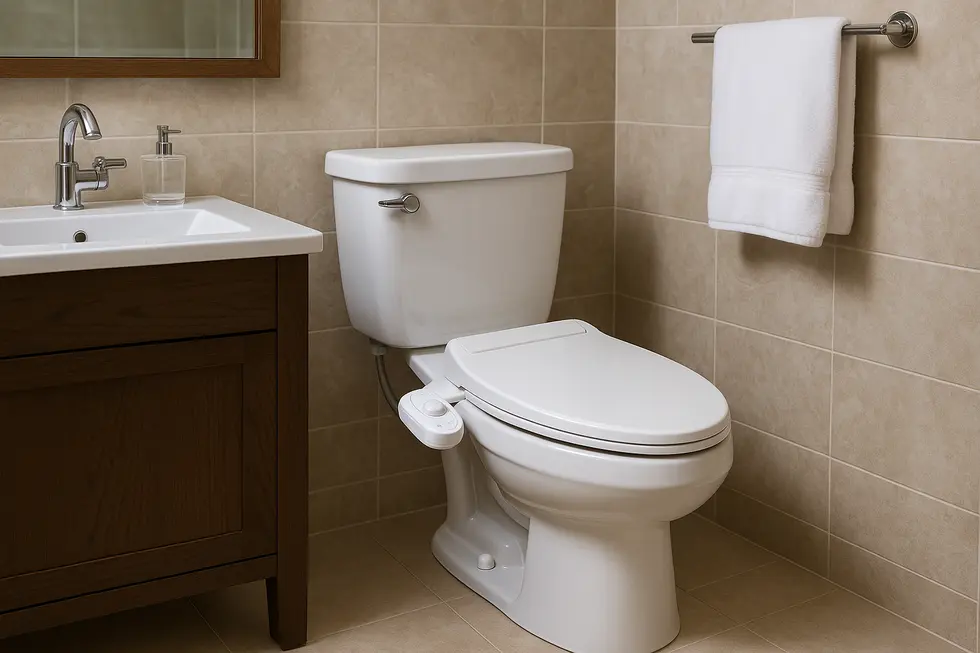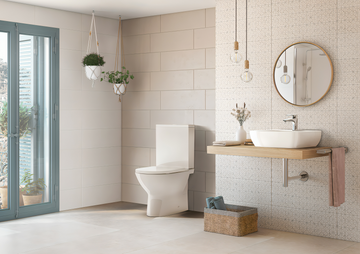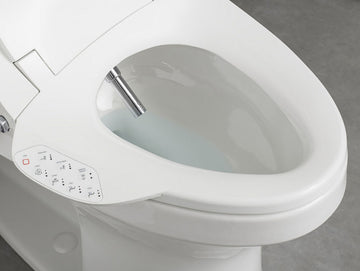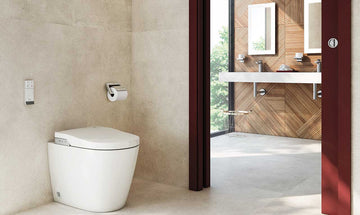The world is rapidly evolving, and so are our sanitary solutions. Touchless toilet systems are at the forefront of this transformation, offering a hygienic and innovative solution for public and private restrooms. These systems, designed to minimize physical contact, are becoming increasingly popular in the realm of Industrial Quality Assurance (QA), where maintaining high hygiene standards is paramount.
In the quest for better sanitation, touchless toilet systems have emerged as a game-changer. They eliminate the need for direct contact with surfaces that harbor germs, thereby reducing the risk of contamination and enhancing user experience. This article delves into the intricacies of these systems, their benefits, and their impact on the industry.

How Touchless Toilet Systems Work
At the core of these systems are advanced sensors and automation technologies. The key components include motion sensors, infrared technology, and automated flushing mechanisms. When a user approaches the toilet, sensors detect their presence and activate the flushing system automatically once they leave. This seamless process not only enhances hygiene but also conserves water.
Furthermore, some systems integrate IoT technology to monitor usage patterns and maintenance needs. This feature is particularly beneficial in high-traffic areas, where maintaining operational efficiency and cleanliness is crucial. For more on how IoT is influencing sanitary solutions, visit this Smart Water Monitoring System article.
Benefits of Touchless Toilet Systems
Enhanced Hygiene
One of the most significant advantages of touchless toilet systems is improved hygiene. By eliminating the need to touch surfaces such as flush handles, users are less likely to come into contact with harmful bacteria and viruses. This is especially important in public restrooms, where the risk of germ transmission is higher.
Water Conservation
These systems are designed to optimize water usage. Traditional toilets often use more water than necessary, leading to wastage. In contrast, touchless toilet systems are equipped with sensors that determine the appropriate amount of water for each flush, contributing to significant water savings. Learn more about water-efficient innovations in this Innovations in Water-Efficient Toilets.
Improved Maintenance
Maintenance is a critical aspect of any restroom facility. With touchless toilet systems, maintenance becomes more straightforward. The automation and IoT integration allow facility managers to receive alerts about potential issues, such as leaks or malfunctions, before they escalate. This proactive approach minimizes downtime and ensures the restrooms are always in optimal condition.
Impact on Industry QA
In the realm of Industry QA, the adoption of touchless toilet systems signifies a commitment to maintaining the highest hygiene standards. These systems align with quality assurance protocols by ensuring that restrooms remain sanitary and functional at all times. The focus on hygiene and efficiency is crucial for industries that prioritize health and safety.
Moreover, the data generated by these systems can be used to improve facility management practices. By analyzing usage patterns and maintenance needs, companies can optimize their resources and enhance the overall user experience. For insights into how technology is reshaping public facilities, check out this Public Toilets: Technology and Accessibility article.
The Future of Touchless Toilet Systems
As technology continues to evolve, so too will touchless toilet systems. We can expect to see further advancements in automation, IoT integration, and energy efficiency. These developments will not only enhance the functionality of these systems but also make them more accessible and affordable for a broader range of facilities.
In the future, we may also see the integration of additional features, such as self-cleaning mechanisms and personalized settings. These innovations will further enhance the convenience and hygiene offered by touchless toilet systems, making them an indispensable part of modern sanitation solutions. To learn about other smart innovations, visit this UV Light Toilet Cleaning Technology article.
Conclusion
Touchless toilet systems are revolutionizing the way we approach sanitation in both public and private spaces. Their ability to enhance hygiene, conserve water, and improve maintenance makes them a valuable asset in the pursuit of quality assurance. As these systems continue to evolve, they will undoubtedly play a pivotal role in shaping the future of sanitation.

FAQs
What are touchless toilet systems?
Touchless toilet systems are sanitary solutions that use sensors and automation to operate without the need for physical contact, enhancing hygiene and user convenience.
How do touchless toilet systems conserve water?
They use sensors to determine the necessary amount of water for each flush, reducing wastage and contributing to water conservation.
Are touchless toilet systems suitable for public restrooms?
Yes, they are ideal for public restrooms as they minimize the spread of germs and improve maintenance efficiency through automation and IoT integration.
This article contains affiliate links. We may earn a commission at no extra cost to you.






